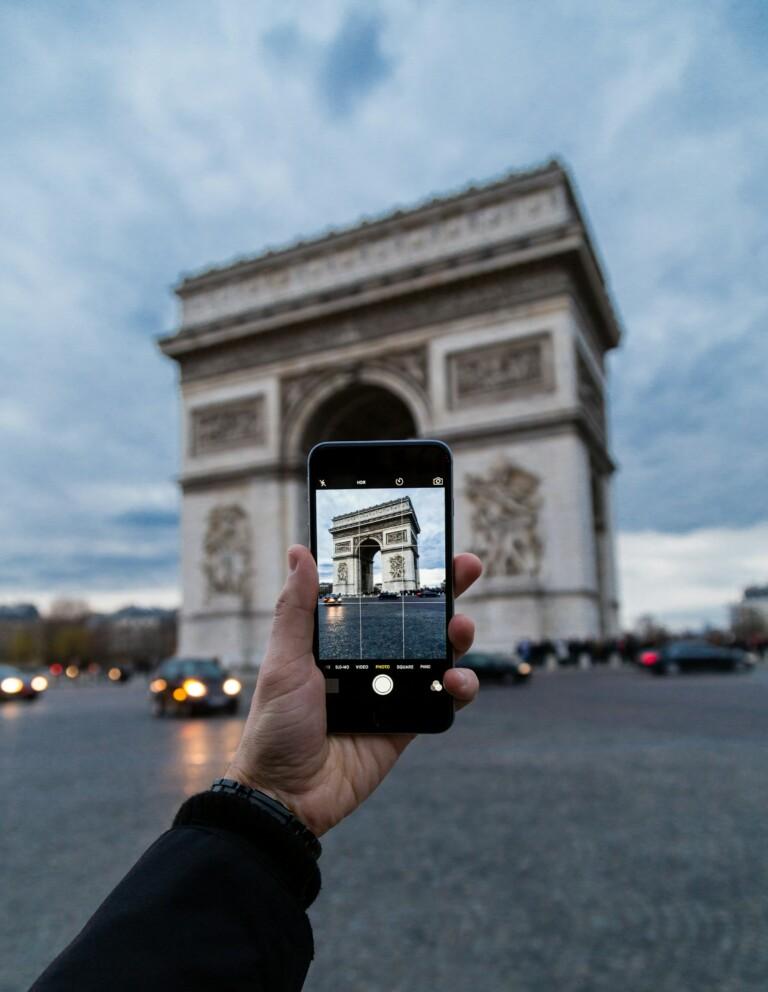Article
by Maria Laanejärv, UI/UX Designer
How to quickly turn your rough idea into a working solution
Imagine if you could revitalize your golden idea in one day. Prototype, test, and decide whether your solution, product, or idea is eligible and on a promising track. Well, the Nortal GPX team added Design System to the design-driven workshop equation, and voila, the typical four-day design sprint boils down to one.
The design sprint is an indispensable practice in any development process. You can have tangible feedback on your new products, services, or solutions within days to find out what works and what does not. It validates whether a project that seems like a good idea according to a gut feeling is worth investing all the time and money. In other words, the design sprint is your ground control when developing new products and services. Therefore, there is little to no dispute about the value it brings; however, we experimented with the tactics a bit and found out that there is room to speed up the product development liftoff.
Here’s how
As the creator of the design sprint, Google has established a 2.0 version that is a four-day process. It’s built to rapidly solve significant challenges, create new products or improve existing ones. It compresses potential months of work into a few days.
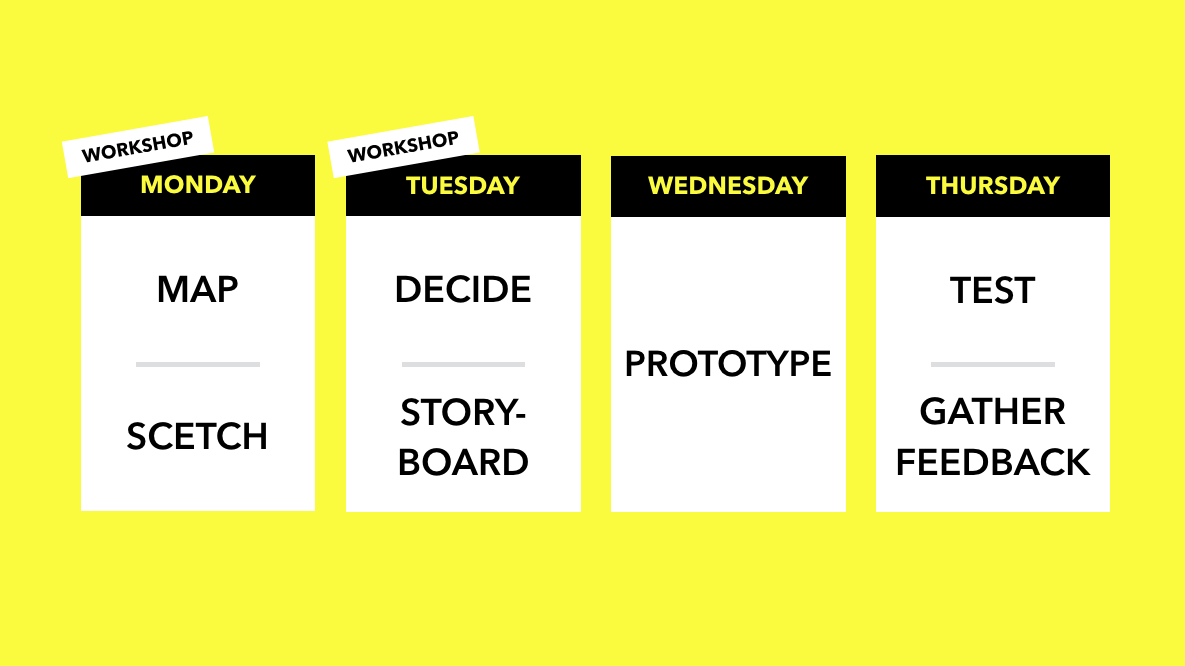
We have worked with design-driven workshops for years and benefited from numerous development cases. However, since design tools have evolved a lot over the last several years and the rise of Design Systems is shifting the ways of managing product development, the stage is set to increase efficiency.
In other words, with Design System as the key player, we took it three steps further and wrapped the entire design sprint into one day. A good example of this is the case of Bliggit – An innovative App for the City of Wuppertal, where we iterated using one-day sprints.
The primary providers of this new level of efficiency are:
- A structured, guided way of working, which allows us to focus on user experience and business needs while eliminating disputes about nonessential details.
- Design System, a tool that allows the creation of high-fidelity prototypes and iterates them rapidly when needed. We also used only high-fidelity prototypes for the Bliggit app, which are more complete representations of the end product than low-fidelity wireframes. Ours are clickable and respond to the user’s actions, mimicking authentic interface interaction.
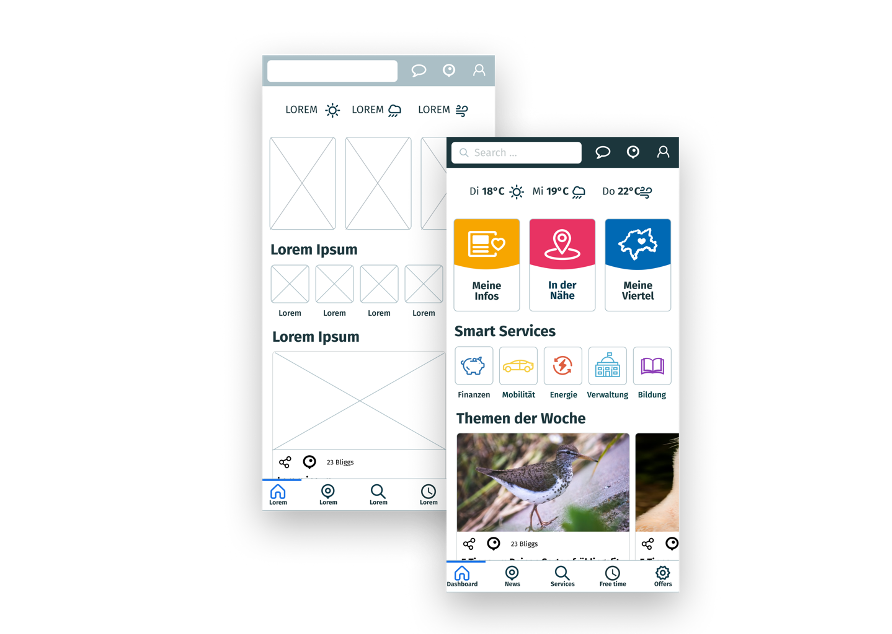
Low fidelity vs. high fidelity wireframes – Bliggit App
- Reusable, set design and development components make it possible to build a minimum viable product within minutes while already carrying an even look and feel at the first round of testing. Thanks to our Design System, it is also easy to implement dark mode.
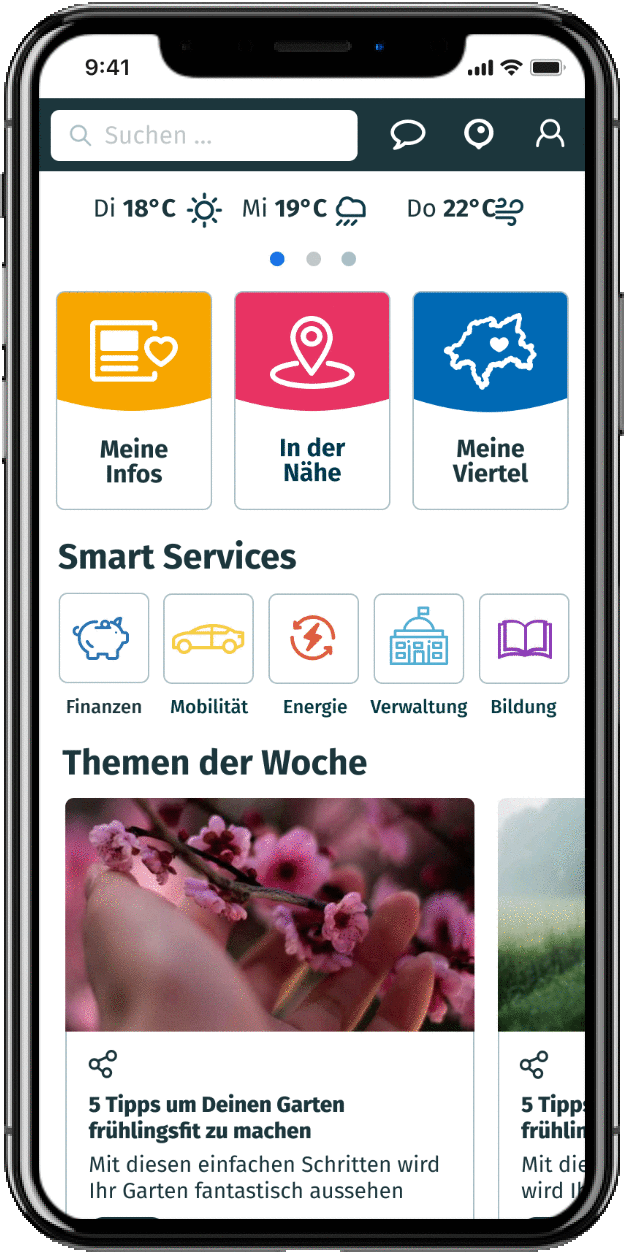
However, a one-day design sprint presumes that the groundwork is completed before the workshop.
Including:
- The mapping and data analysis of competitors’ products and services
- End-user needs and behavior
- And more
Leaving the workshop resources solely focused on testing and validating the business idea.
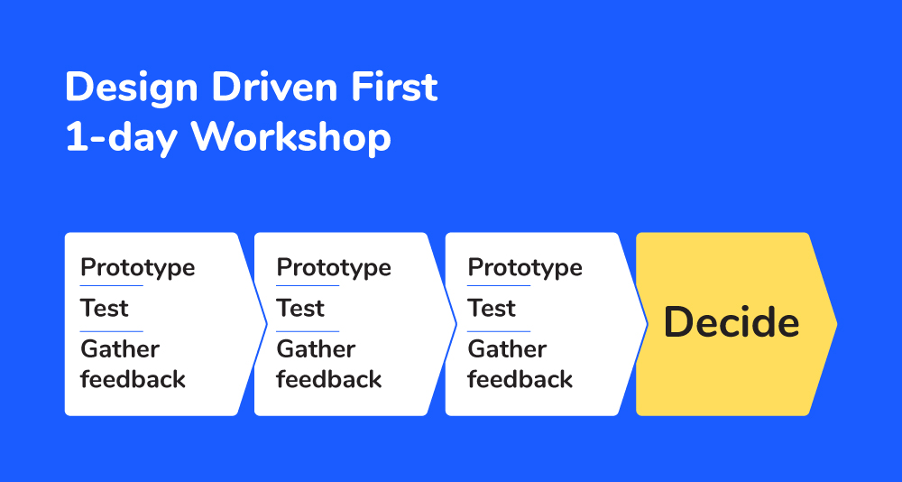
Why it matters
Let’s sum up the process of using the one-day design sprint. We have measured that our one-day approach saves up to two months of design reviews. When this saved time is converted to budget, this can mean a significant cost saving for businesses. We successfully used this approach in our Bliggit app project, where we completed dozens of one-day sprints.
Therefore, without the time-consuming design mock-ups and reoccurring rewriting of UI components code, designers and developers can focus their time on delivering results faster and bringing more value to businesses instead of investing time in repetitive work.
At the end of the day, the one-day workshop aims to sort out the best tangible solution with measurable evidence of supporting your business’s growth. Explore our Bliggit and Daman projects for real-life proof.
Get in touch
Let us offer you a new perspective.

